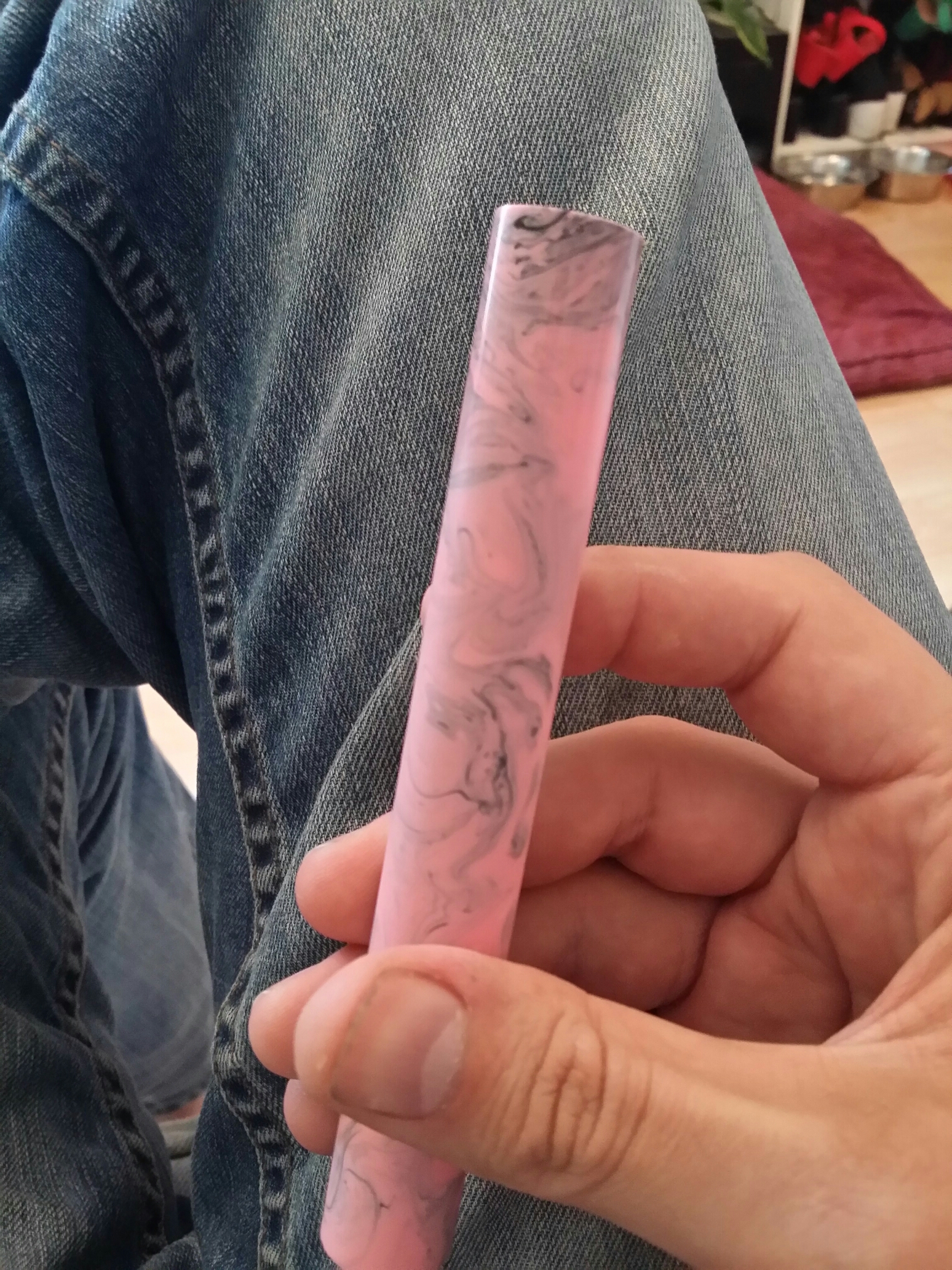Hey everyone
I new here and to pen making but not to using the acrylics I just make other things with it lol
I am wanting to start casting my own blanks as in the UK the choice is limited.
I was thinking of starting with Polyester resin but I have tried to use it for my uses and it's just too brittle where as aluminite resin is perfect it's softer and less brittle.
my problem is I have the cash to set up for aluminite but don't want to spend loads to find out I'm no good at it or can't do what I want with it, flip side I don't want to spend a small amount of cash on polyester resin to find out if I like it and have blanks that I can't use....
I have every intention of pen making as well just not yet
so is there any way to make polyester resin less brittle and more like aluminite and any advise for my situation welcomed.
Thanks
Jas
I new here and to pen making but not to using the acrylics I just make other things with it lol
I am wanting to start casting my own blanks as in the UK the choice is limited.
I was thinking of starting with Polyester resin but I have tried to use it for my uses and it's just too brittle where as aluminite resin is perfect it's softer and less brittle.
my problem is I have the cash to set up for aluminite but don't want to spend loads to find out I'm no good at it or can't do what I want with it, flip side I don't want to spend a small amount of cash on polyester resin to find out if I like it and have blanks that I can't use....
I have every intention of pen making as well just not yet
so is there any way to make polyester resin less brittle and more like aluminite and any advise for my situation welcomed.
Thanks
Jas


